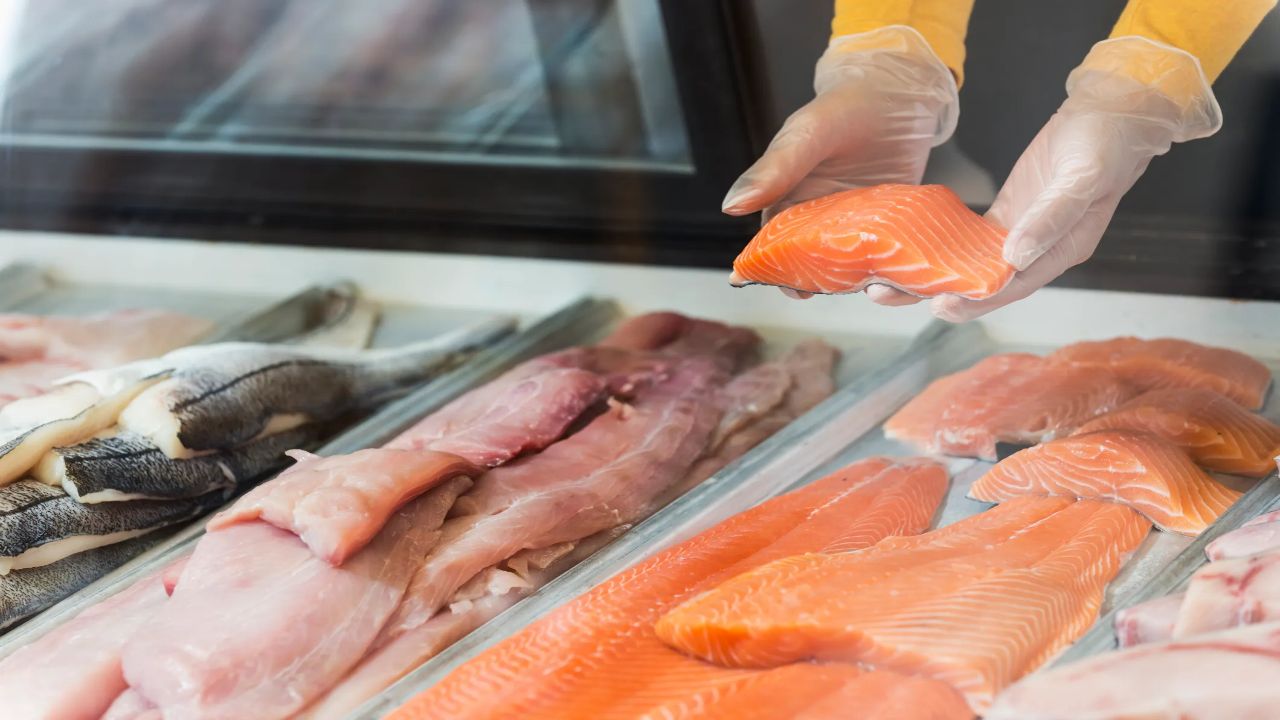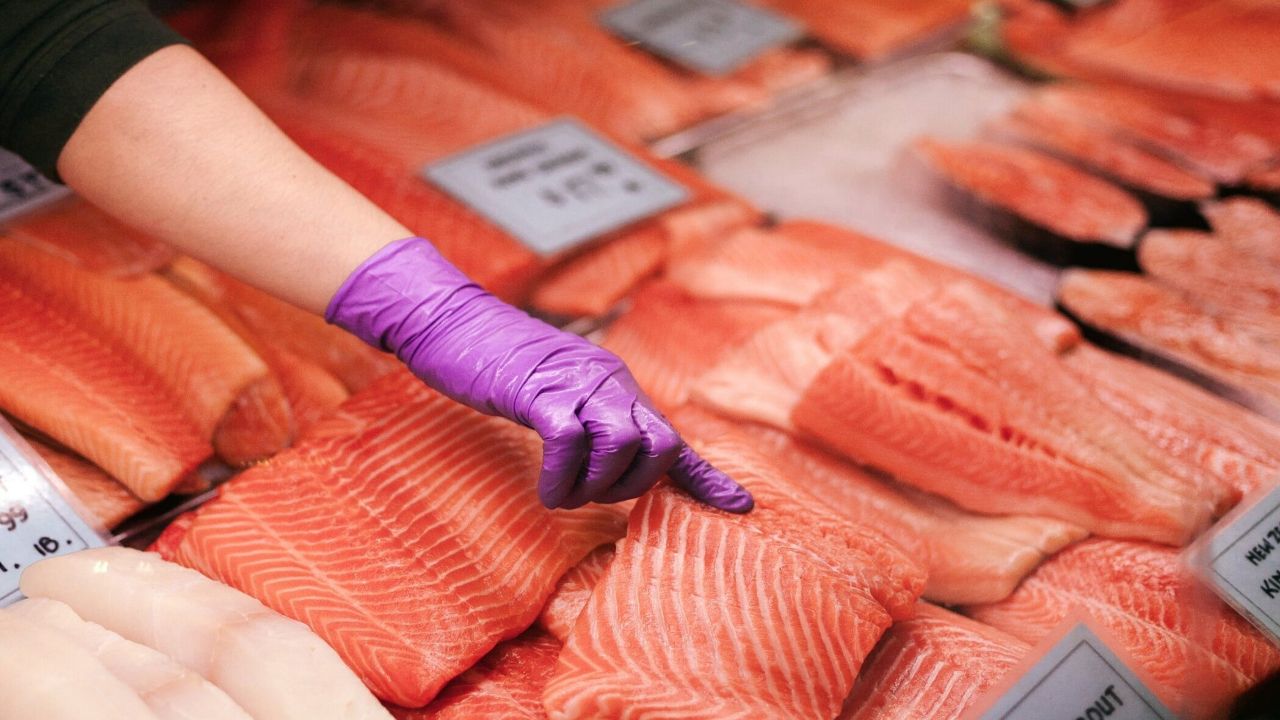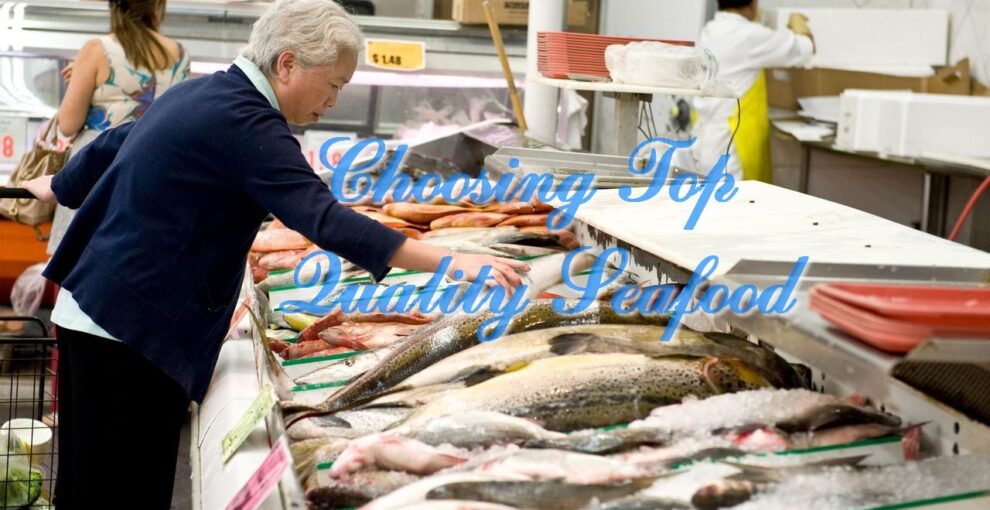In a world filled with culinary delights, seafood stands out as a delicacy enjoyed by many. Whether you’re a seafood connoisseur or an occasional enthusiast, knowing how to choose top-quality seafood is essential to ensure a delicious and safe dining experience. This article will guide you through the nuances of selecting the finest seafood for your next meal.
The Importance of Freshness

Freshness is paramount when it comes to seafood. Whether you’re in the mood for succulent shrimp, flaky salmon, or the exquisite almas beluga caviar, freshness directly affects taste and safety. To ensure you’re getting the best, consider these factors:
Appearance
: When buying whole fish, look for clear, bright eyes and vibrant, shiny skin. Fillets should be moist and glistening, not dried out or discolored.
Smell
: Fresh seafood should have a clean, briny scent of the sea. Avoid any fish that smells fishy or ammonia-like, as this indicates spoilage.
Texture
: Gently press the flesh of the seafood. It should bounce back and not leave an indentation. Avoid seafood with mushy or slimy textures.
Sustainable Sourcing

In today’s environmentally conscious world, choosing sustainable seafood is a responsible choice. Look for seafood with labels or certifications like the Marine Stewardship Council (MSC) or the Aquaculture Stewardship Council (ASC). These certifications ensure that the seafood you’re buying has been sourced responsibly and is not contributing to overfishing or environmental harm.
Seasonality
Understanding the seasonality of seafood is key to getting the freshest and most flavorful options. Different species have peak seasons when they are abundant and at their best. For example, if you’re craving lobster, it’s best to enjoy it in the late spring or early summer when it’s in its prime.
Trust Your Fishmonger
Building a relationship with a trusted fishmonger can be invaluable. They can provide you with expert advice, help you navigate the selection, and even give you tips on preparation and cooking. Don’t hesitate to ask questions and seek their recommendations.
Frozen vs. Fresh
While fresh seafood is often preferred, high-quality frozen seafood can be an excellent alternative. Freezing seafood at its peak of freshness can lock in flavor and nutrients. Just be sure to choose products that are properly labeled, well-sealed, and have not been thawed and refrozen.
Conclusion
Choosing top-quality seafood is all about using your senses, being environmentally conscious, and seeking expert guidance when needed. Whether you’re savoring the exquisite flavors of almas beluga caviar or enjoying a simple grilled fish, the principles of freshness, sustainability, and seasonality will help you make the best seafood choices for a delightful dining experience. So, go ahead, explore the bounties of the ocean, and indulge in the world of delectable seafood.
